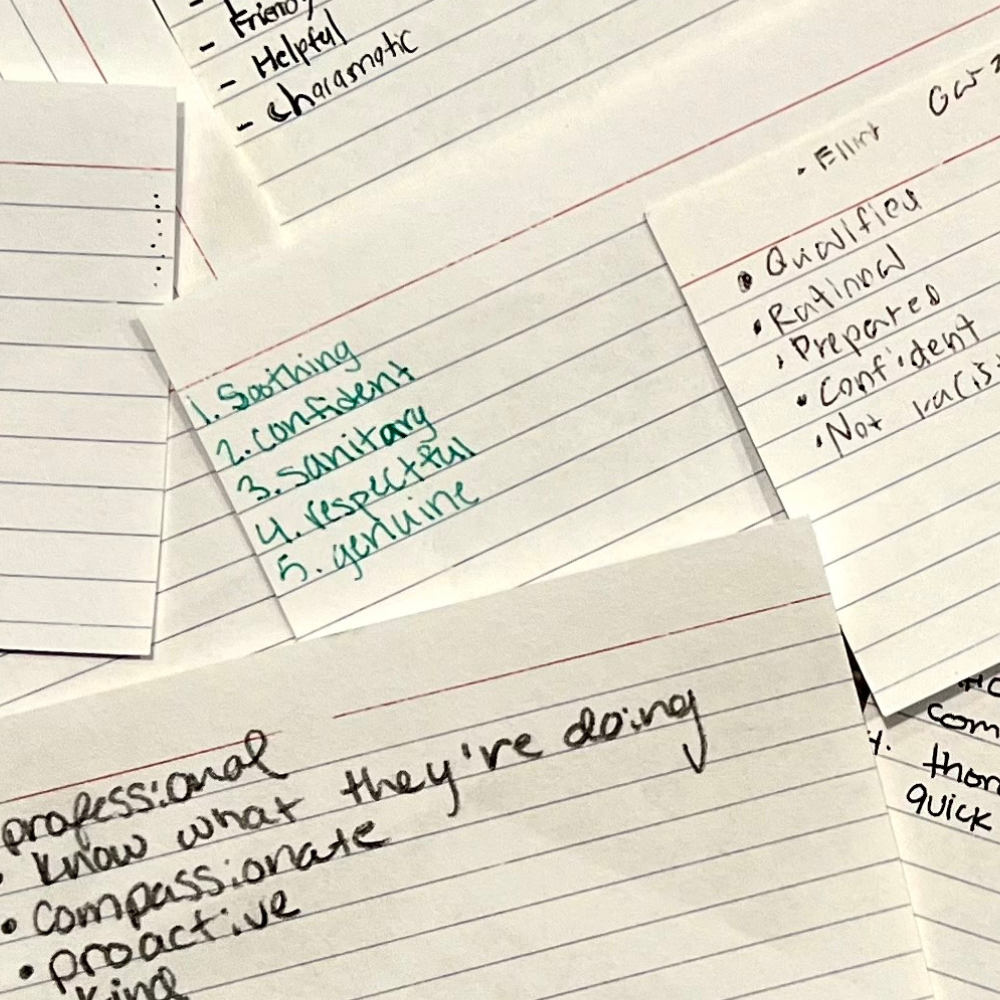
Dan Limmer, BS, NRP

by Dan Limmer, BS, NRP
Our articles are read by an automated voice. We offer the option to listen to our articles as soon as they are published to enhance accessibility. Issues? Please let us know using the contact form.
The August semester start is upon us. Each year anxious students filter into classes. Educators share that anxiety and anticipation as they begin the process of preparing EMS providers for certification and practice.
Everyone has a first day of class routine. Orientation, introduction, and maybe even starting chapter 1. I’d like to share a first day of class exercise to help make chapter one less boring and set the stage for class expectations.

In our Dynamic Learning Exercise: Build the Perfect EMT, we ask students to envision an emergency at their home where they or a loved one are the patient. Then we ask the student to list the five most essential traits in the EMT (or AEMT or paramedic) that comes to their house.
Let’s be honest. The listing of the provider's traits, roles, and responsibilities in the textbook is somewhat amorphous to a student with minimal or no EMS experience.
I used the exercise last week on the first day of two EMT classes. I had all the students write their five things on an index card. I asked for volunteers to read and explain theirs. The first benefit of the exercise is to get students to think about and visualize the traits they value. The next benefit is the question you ask your students:
How will you become the provider you envisioned?
If they don’t volunteer (or get it), ask specifically. How much work will it take on your part to be that EMT?
I gathered all the index cards at the end of class and looked for the most commonly referenced traits. The table below lists them—and provides questions you can use to get discussion and commitment from the students in each area.
Trait | Applying It In Class |
|---|---|
Smart | How important is studying for this class? What happens if you miss a day? Can you be an EMT if you don't have the information on every class? |
Professional (includes clean) | Ask the students to define the term further and what it means to them. Delineate whether this refers to actions, appearance, or something else. |
Confident | What makes someone confident in EMS? How will you get there? Do you think you will be confident on your first calls (or your first clinical shifts for class)? Generally speaking, confidence combines competence and the belief that you can do the job. It ISN'T knowing everything. |
Respectful (includes genuine and nice) | What will an EMS provider do that would make you believe they are being respectful? How would you know? How will you use those same actions with your classmates? |
Prepared | What would happen if an EMS provider who wasn't prepared showed up? What are the consequences? How do you prepare yourself for success in class? |
The start of a semester is a great time to set the stage for success. This exercise allows you to do just that—while covering an important part of chapter 1.
Have a great semester. Let us know how this works!

Dan Limmer, BS, NRP

Dan Limmer, BS, NRP

Dan Limmer, BS, NRP